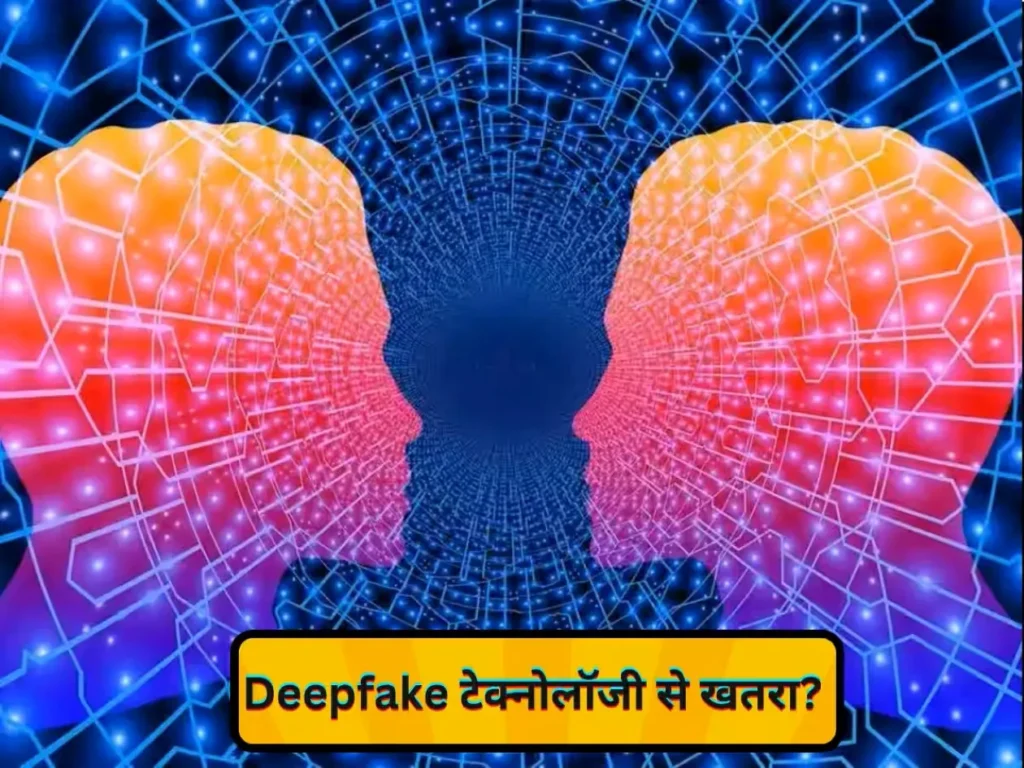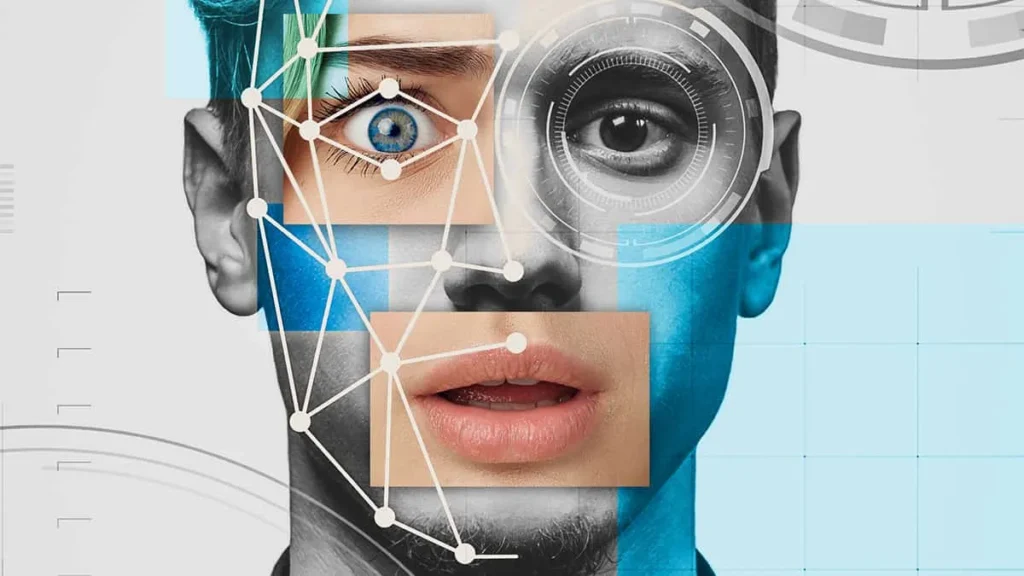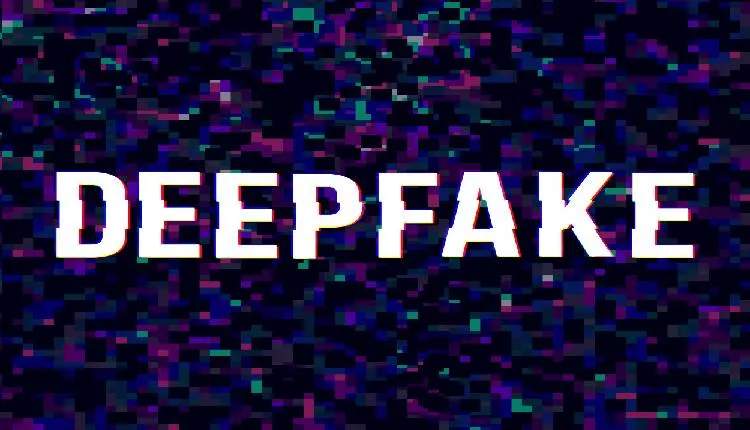Table of Contents
ToggleDeepFake: An Uncertain Future

DeepFakes: The Future of Media Manipulation
Deepfakes are synthetic media generated by artificial intelligence (AI) algorithms that can convincingly replace one person’s likeness with another, to the point where it’s nearly impossible to discern the fake from reality. This technology, while impressive, raises concerns over its potential for misuse and the erosion of trust in online information.
What are Deepfakes?
Deepfakes are created using a technique called deep learning, which involves training AI models on large datasets of images and videos. By analyzing the relationships between facial features, expressions, and movements, the model learns to generate new images and videos that are highly realistic and almost indistinguishable from the real thing.
Types of Deepfakes
There are three main types of deepfakes:
- Video deepfakes: These are the most common type of deepfake and involve replacing a person’s face in a video with another person’s face. This can be used to create fake news videos, defame individuals, or even incite violence.
- Audio deepfakes: These deepfakes involve replacing someone’s voice with another person’s voice. This can be used to impersonate someone in a phone call or recording, or to spread misinformation.
- Image deepfakes: These deepfakes involve altering images to make them appear more realistic or to change someone’s appearance. This can be used to create fake social media profiles or to spread disinformation.

Applications of Deepfakes
While deepfakes have the potential for misuse, they also have several legitimate applications, such as:
- Entertainment: Deepfakes can be used to create realistic special effects in movies and TV shows, or to bring historical figures back to life.
- Education: Deepfakes can be used to create immersive learning experiences, such as simulations or historical re-enactments.
- Art and creativity: Deepfakes can be used to create new forms of art and expression, or to explore the boundaries of what is real and what is not.
The Potential for Misuse
However, the potential for misuse of Deepfakes remains a serious concern. Deepfakes can be used to spread misinformation, damage reputations, and even incite violence. For example, deepfakes have been used to create fake news videos that have influenced elections and to spread false information about celebrities.
The Future of Deepfake: A Glimpse into the Unknown
Deepfake technology, despite its infancy, has already made waves across various fields, from filmmaking and entertainment to education and politics. Its ability to seamlessly manipulate audio and video content raises both exciting and alarming possibilities. But what does the future hold for deepfakes? Here, we explore potential pathways this powerful technology might take:
- Deepfakes as the New Standard for Content Creation:
With advancements in AI and computing power, creating deepfakes will become easier and more accessible. This could democratize content creation, allowing individuals to produce professional-quality videos and films without expensive equipment or studios. Deepfakes could also revolutionize the entertainment industry, enabling filmmakers to create realistic special effects and bring back iconic actors for cameos.
- Personalized Learning and Immersive Education:
Deepfakes have the potential to personalize and enhance the learning experience. Imagine interacting with historical figures through interactive deepfake simulations or having a personalized tutor tailored to your learning style using deepfake technology. Deepfakes could also create immersive educational experiences, allowing students to explore different cultures and environments through virtual reality simulations.
- Democratized Access to Information and Storytelling:
Deepfakes could break down language barriers and make information more accessible to a global audience. News articles could be translated and presented by deepfake anchors in various languages, making international news more accessible to everyone. Additionally, deepfakes could empower marginalized voices by enabling them to share their stories and experiences with a wider audience.
- The Rise of Synthetic Media and Hyper-Personalization:
Deepfakes could usher in an era of synthetic media, where virtual characters and experiences become commonplace. Imagine interacting with personalized deepfake characters in video games or receiving tailored advertisements that feature deepfakes of celebrities or influencers. However, this level of personalization raises concerns about privacy and manipulation.
- Deepfakes as a Weapon for Disinformation and Social Manipulation:
The ability to fabricate realistic audio and video content poses a significant threat to democracies and social stability. Deepfakes could be used to spread misinformation, manipulate public opinion, and damage reputations. Malicious actors could use deepfakes to sow discord, incite violence, and undermine trust in institutions.
The Need for Responsible Development and Ethical Guidelines:
While the future of deepfakes holds immense potential, it also presents significant challenges. The potential for misuse necessitates responsible development and ethical guidelines to ensure that this technology is used for good. This requires collaboration between researchers, policymakers, and the public to create frameworks that promote transparency, accountability, and ethical use of deepfakes.
The Future is Unwritten:
The future of deepfakes remains uncertain, but one thing is clear: this technology will continue to evolve and have a profound impact on various aspects of our lives. It is our responsibility to ensure that deepfakes are used ethically and responsibly, harnessing their potential to improve our lives while mitigating the risks they pose.
Here are some additional thoughts on the future of deepfakes:
- The development of deepfake detection tools will be crucial in combating the spread of misinformation.
- Educational initiatives will be necessary to raise awareness about deepfakes and teach people how to critically evaluate online information.
- International cooperation will be essential to develop effective regulations and frameworks for the ethical use of deepfakes.
Ultimately, the future of deepfakes is in our hands. By working together, we can ensure that this powerful technology is used for positive purposes and shapes a better future for all.
As deepfake technology continues to develop, it is important to consider the potential consequences of its misuse. Efforts must be made to develop safeguards and regulations to prevent deepfakes from being used for harmful purposes. Additionally, it is important to educate the public about deepfakes so that they can be more discerning about the information they consume online.
Conclusion
Deepfakes are a powerful technology with the potential to revolutionize the way we create and consume media. However, it is important to use this technology responsibly and to be aware of the potential for misuse. By working together, we can ensure that deepfakes are used for good and

